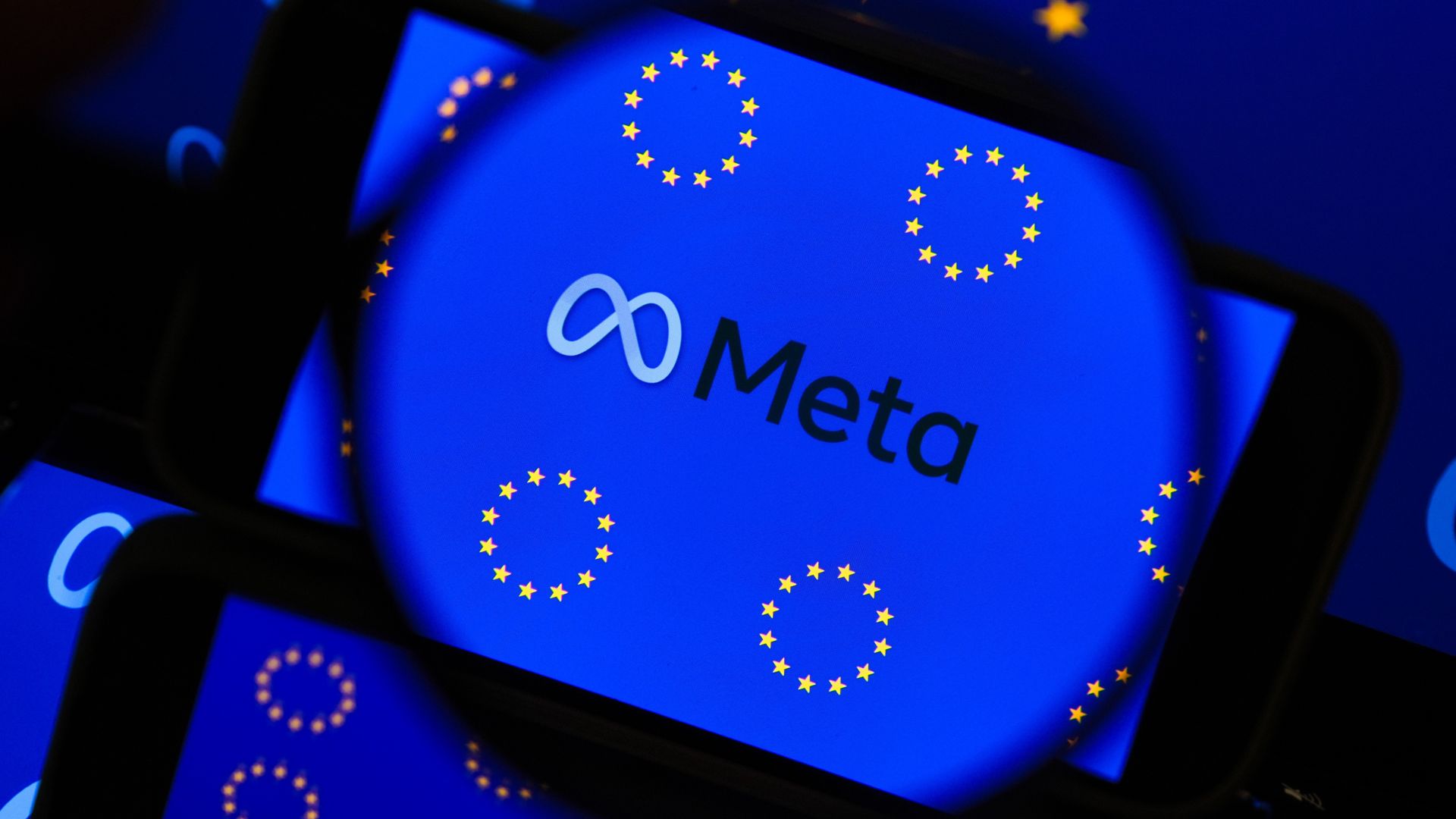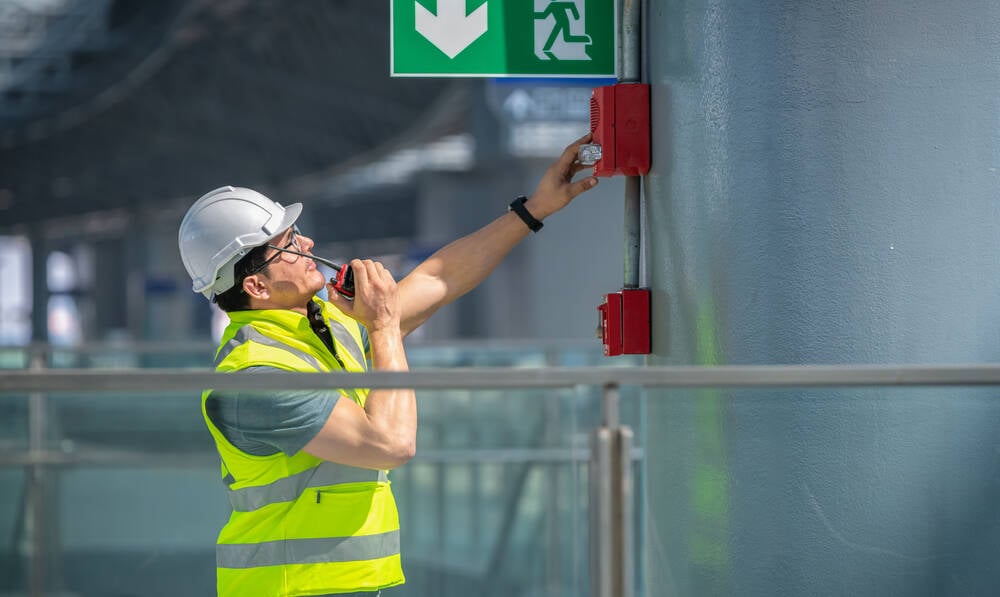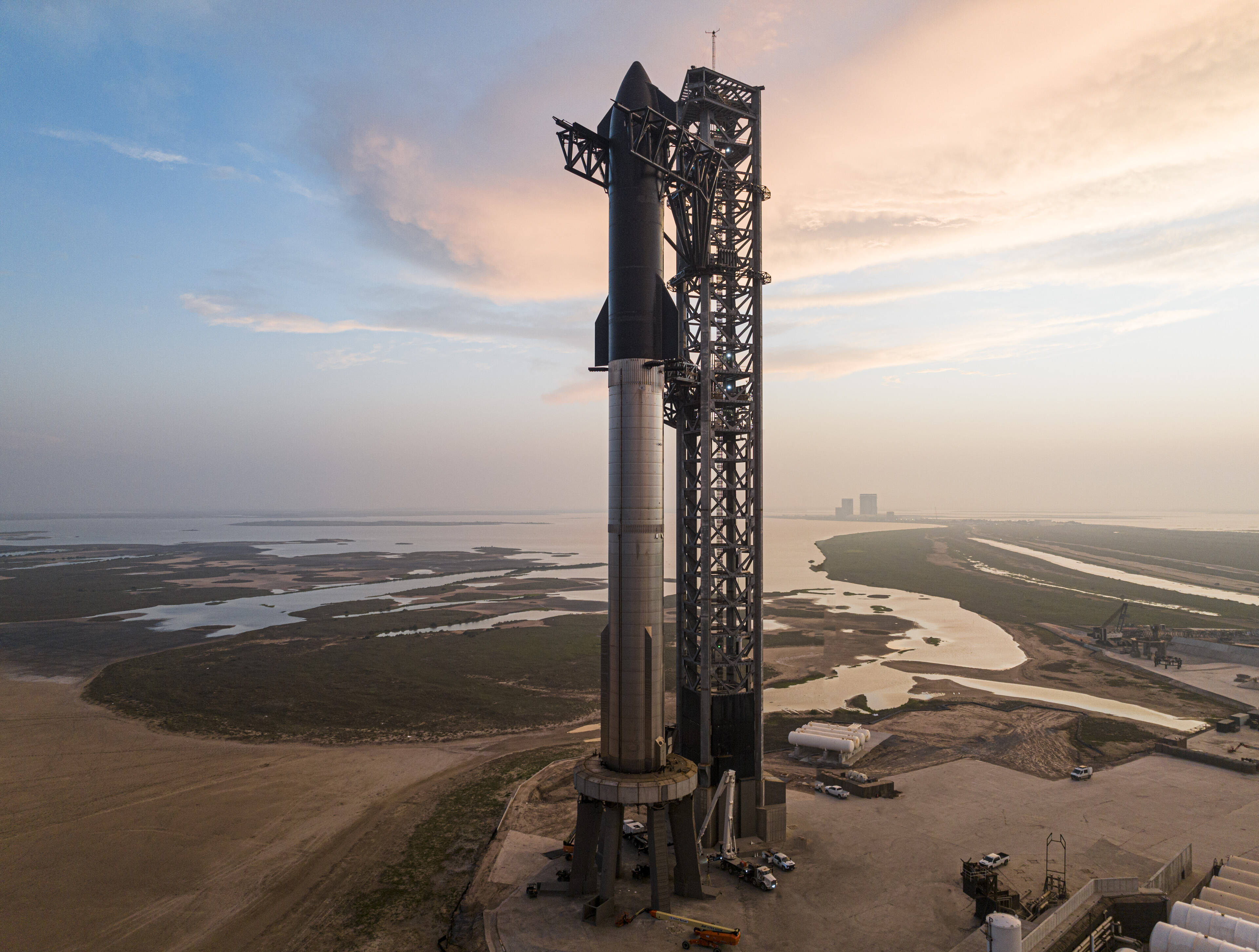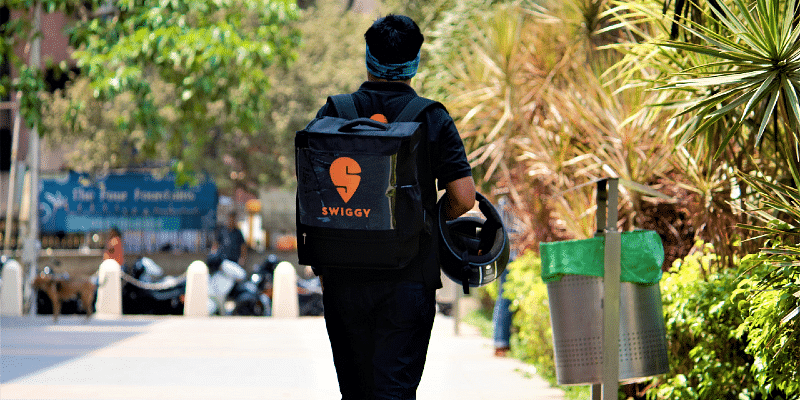How Export-Ready MSMES Are Driving India’s Global Trade Surge
With government schemes and export-focused digital infrastructure, MSMEs are at the center of India's global trade strategy.


India’s MSMES aren’t just the backbone of local economies—they are increasingly becoming the lifeblood of the country’s global trade vision. With a share in merchandise exports growing from 43.6% in FY2023 to 45.7% in FY2024, MSMEs are clearly stepping into global markets with more confidence and capacity. But behind these numbers lie structural hurdles—credit access, supply chain gaps, and lack of awareness about trade certifications—that still hold many of them back.
1. Rising Export Potential of MSMES
Between FY2021 and FY2025, exports from MSMEs more than tripled—from ₹3.95 lakh crore to ₹12.39 lakh crore. The number of exporting MSMES also surged from about 52,849 to 1,73,350. This momentum is bolstered by:
- Increasing digital participation through platforms like ONDC and GeM.
- Government mandates for public procurement from MSEs.
- A growing base of registered MSMEs through the Udyam portal
Despite this, many small businesses still face critical gaps that limit their scale and competitiveness abroad.
2. Top Challenges Facing Exporting MSMEs
While exporters are generally better at technology adoption, the report identifies three primary challenges that exporting MSMEs still struggle with:
- Access to credit: Many exporters lack adequate working capital and formal financial access.
- Supply chain hurdles: Global tariff uncertainties and weak local logistics infrastructure limit delivery efficiency.
- High competition and quality compliance: MSMEs often find it difficult to meet international quality certifications and compete on price and delivery time
3. Sectors Showing Export Promise
According to the study, sectors like readymade garments, food processing, and IT & ITeS are showing promising growth in exports. These sectors have high adoption of digital payments, a prerequisite for scaling e-commerce exports. For instance:
- MSMEs in readymade garments (RMG) reported high digital sales readiness.
- Food processing units have started embracing online platforms but still face infrastructure and cold-chain limitations.
- IT & ITeS MSMEs lead in digital service exports but struggle with retaining skilled talent.
4. Government Interventions to Boost Export Capacity
The government is actively supporting exporting MSMEs through:
- Credit Guarantee for Exporter MSMEs: Term loans up to ₹20 crore are now covered under enhanced credit schemes.
- International Cooperation Scheme: Offers financial assistance for participating in overseas exhibitions and research.
- Revised classification norms (2025): These make it easier for growing MSMEs to retain benefits even as they scale exports
5. A Digital and Sustainable Future for Exporters
Exporting MSMEs are ahead in tech adoption compared to their non-exporting peers. But they must still catch up on:
- Digital marketing: Only ~13% MSMEs use social media or digital ads.
- E-commerce readiness: Less than a quarter fully leverage platforms like Amazon Global Selling or ONDC export modules.
As global buyers move toward sustainable and transparent sourcing, MSMEs must also embrace green practices, certifications, and digital transparency to maintain competitiveness.
Unlocking India’s Global MSME Engine
Export-ready MSMEs are no longer just beneficiaries of trade—they are active drivers. However, to fully power India’s global ambitions, tailored interventions for credit, logistics, compliance training, and tech adoption are essential. With the right support, India’s small enterprises can make a big global impact.




![An Ad Quality Control Checklist [Infographic]](https://imgproxy.divecdn.com/6nIRujQEJFAZ7N9aiG3W8ZdvYsZHRQGEYXyTvI-9_h8/g:ce/rs:fit:770:435/Z3M6Ly9kaXZlc2l0ZS1zdG9yYWdlL2RpdmVpbWFnZS9hZF9xdWFsaXR5X2NoZWNrbGlzdDIucG5n.webp)








![SWOT Analysis: What It Is & How to Do It [Examples + Template]](https://static.semrush.com/blog/uploads/media/86/6a/866a1270ca091a730ed538d5930e78c2/do-swot-analysis-sm.png)





















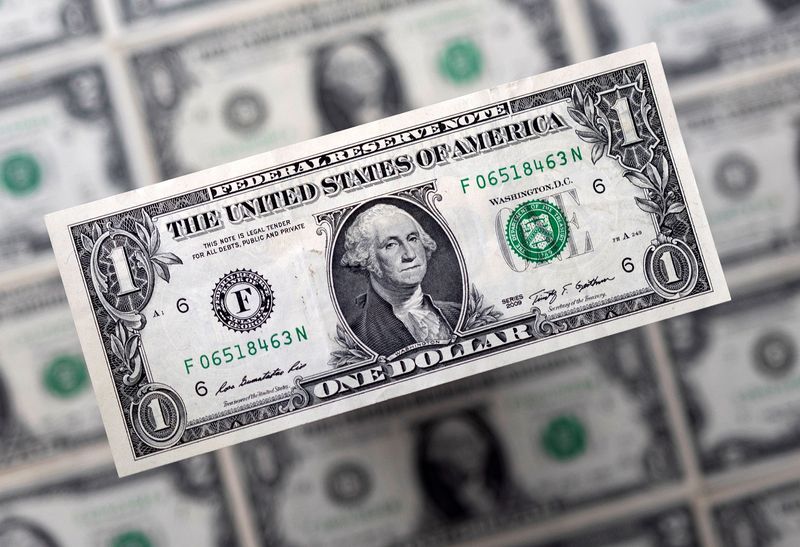








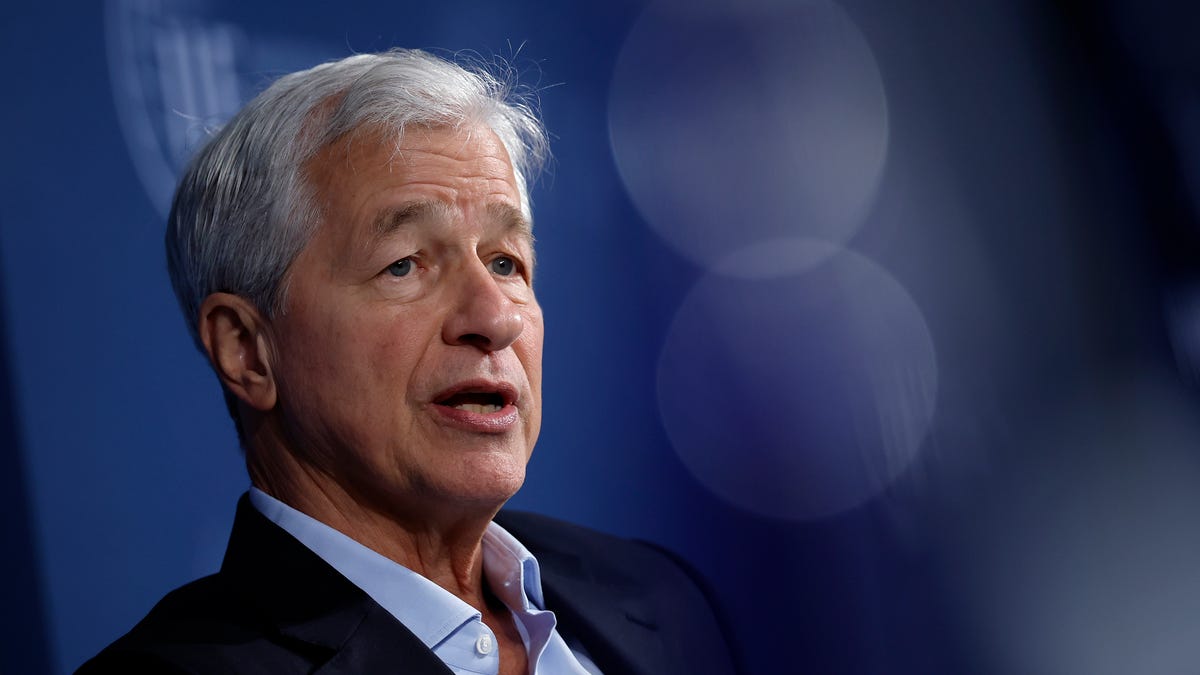









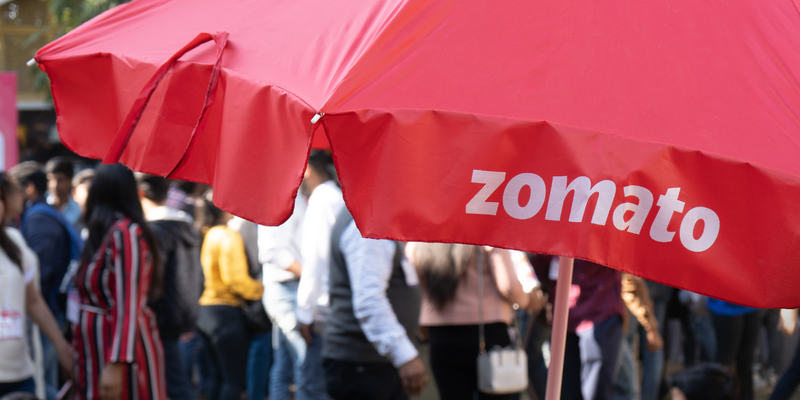


























































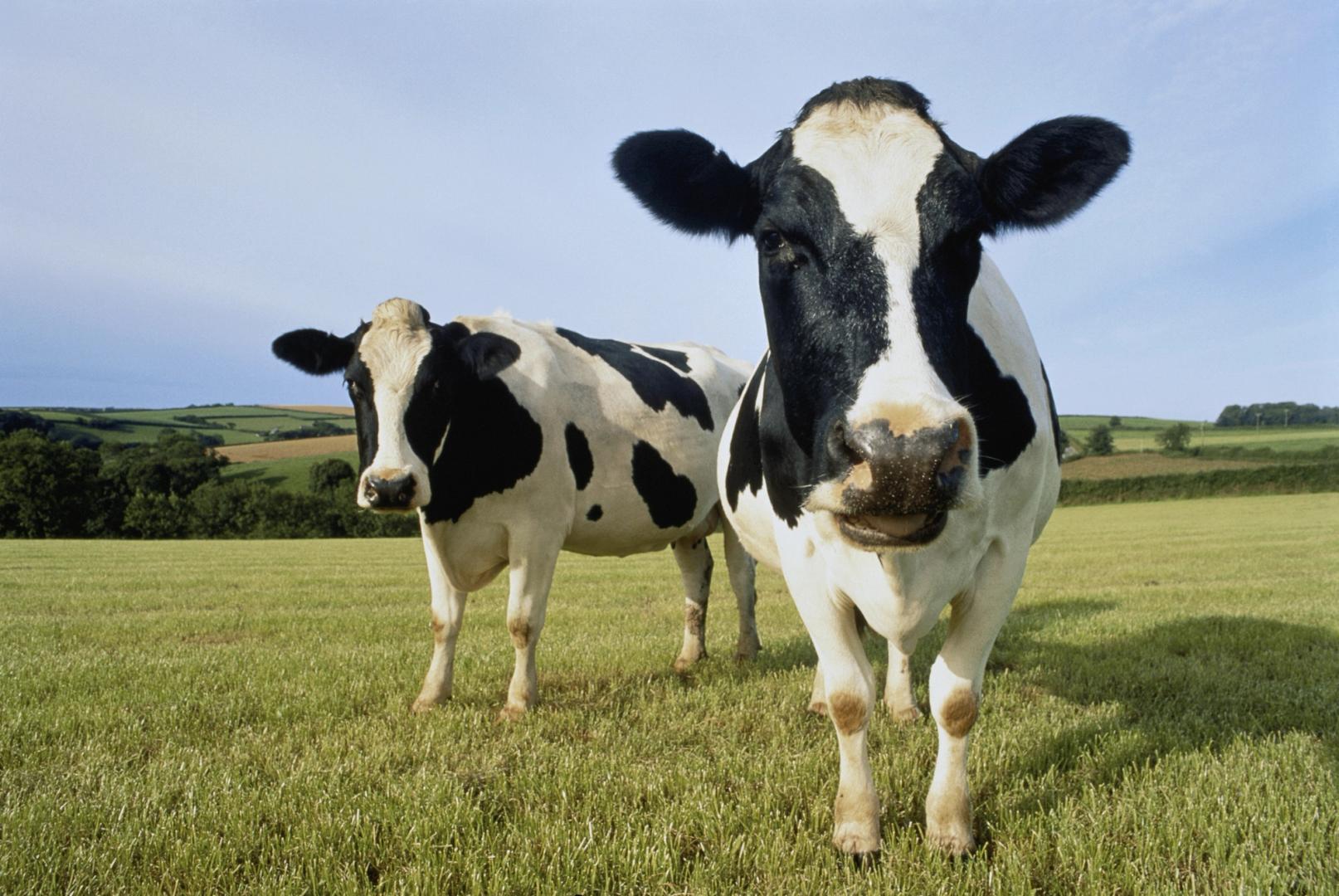













![89 million Steam accounts reportedly leaked. Change your password now. [Updated]](https://helios-i.mashable.com/imagery/articles/05mKEv2HKG7EgiHKtximy17/hero-image.fill.size_1200x675.v1747231462.jpg)





